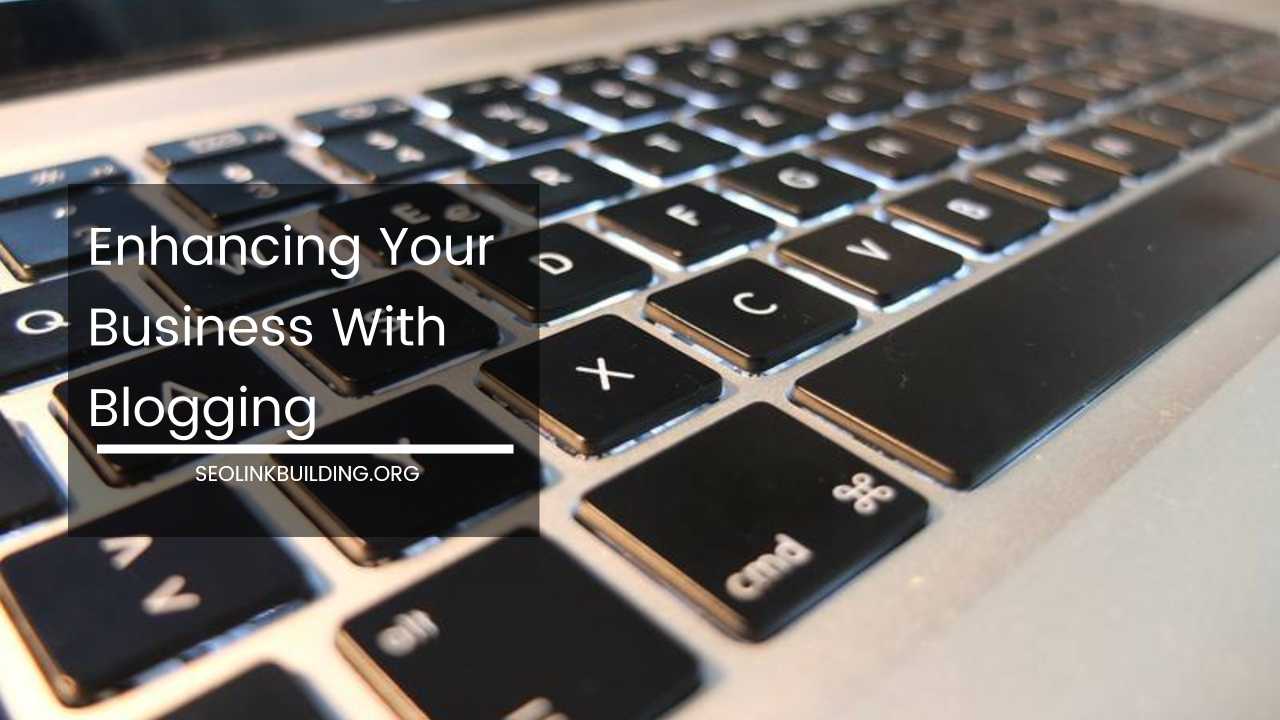E-Purchasing: How Does It Work?

E-Purchasing: How Does It Work? A Comprehensive Guide to Streamlining Your Business Operations
In today’s fast-paced business landscape, efficiency reigns supreme. Companies are constantly on the lookout for ways to optimize operations, minimize costs, and gain a competitive edge.
E-purchasing, also known as electronic procurement, emerges as a powerful solution by transforming the traditional, paper-based purchasing process into a digital one.
This comprehensive guide delves into the world of e-purchasing, meticulously explaining its inner workings, the plethora of benefits it offers, and the diverse methods employed.
By the end of this exploration, you’ll be equipped with a thorough understanding of how e-purchasing can revolutionize the way your business procures goods and services.
What is E-Purchasing?
Imagine a world devoid of mountains of paperwork, endless phone calls with vendors, and a constant barrage of back-and-forth emails.
E-purchasing makes this dream a reality. It’s the automation of the entire procurement process through electronic channels.
This centralized online platform acts as a bridge connecting buyers and sellers, facilitating all stages of procurement – from requisitioning and sourcing to approval, order placement, and invoice processing.
The E-Purchasing Workflow: A Step-by-Step Breakdown
E-purchasing typically follows a well-defined workflow, ensuring a smooth and efficient procurement cycle:
-
Needs Identification: The journey begins with identifying a specific need within the organization. This could encompass anything from office supplies like printer cartridges to raw materials for production or even external services like marketing expertise.
-
Requisitioning: An employee initiates the process by submitting a requisition electronically through the e-purchasing platform. This requisition specifies the required item, the quantity needed, and the allocated budget for the purchase.
-
Approval Workflow: Depending on the organizational structure, the requisition may necessitate approval from supervisors or department heads before proceeding. The e-purchasing platform streamlines this process by electronically routing approvals to the designated personnel, eliminating delays and bottlenecks.
-
Sourcing and Ordering: Once a requisition receives the necessary approvals, the platform takes over the task of sourcing the requested items. This can involve several methods:
- Online Catalogues: Many vendors have online catalogues seamlessly integrated with the e-purchasing platform. This allows buyers to effortlessly browse and select products directly from the platform, saving time and minimizing errors.
- PunchOut: This innovative feature seamlessly redirects buyers to a vendor’s website for a wider selection of products or the ability to configure complex items. However, the beauty of PunchOut lies in maintaining control within the e-purchasing platform for order placement and approval. This ensures consistency with company policies and eases the tracking of purchases.
- E-Tendering (Reverse Auction): For complex purchases or situations where securing the most competitive price is crucial, e-tendering emerges as the ideal solution. The platform facilitates requesting bids electronically from multiple vendors, fostering a competitive bidding process that ultimately leads to significant cost savings.
-
Order Confirmation and Processing: Upon selecting a vendor and finalizing the order details, the platform electronically transmits the purchase order to the supplier. This ensures clear communication, eliminates the risk of errors, and streamlines the fulfillment process.
-
Goods Receipt and Invoice Management: When the goods are received, the e-purchasing platform empowers personnel to manage the receiving process efficiently. They can electronically record the receipt of items, verify them against the purchase order, and flag any discrepancies. Additionally, invoices can be submitted electronically, allowing for automated verification with purchase orders and faster payment processing.
The Compelling Advantages of E-Purchasing
E-purchasing offers a multitude of benefits for businesses of all sizes and across various industries. Let’s delve deeper into some key advantages:
- Enhanced Efficiency: E-purchasing automates the majority of manual tasks involved in the traditional procurement process, significantly saving time and resources. This allows procurement teams to dedicate their valuable time and expertise to strategic initiatives that drive better business outcomes.
- Improved Accuracy: Electronic data entry through the platform minimizes errors compared to manual processes prone to human oversight. This leads to fewer discrepancies with vendors, reducing disputes and ensuring accurate financial records.
- Unmatched Transparency: The centralized nature of the e-purchasing platform offers real-time visibility into the entire procurement process. Stakeholders gain a clear understanding of every stage – from requisitioning and sourcing to order placement, receipt of goods, and invoice processing. This transparency empowers better control, informed decision-making, and facilitates proactive problem-solving.
- Cost Savings Galore: E-purchasing unlocks cost savings through several avenues. Streamlined processes translate to reduced administrative costs. Additionally, features like e-tendering and automated approvals can secure more competitive pricing from vendors. Bulk purchasing negotiations can also be facilitated through the platform, leading to further cost reductions.
- Simplified Compliance: E-purchasing platforms can be configured to ensure adherence to company purchasing policies and regulations. Approval workflows and detailed audit trails provide a clear and auditable record of all transactions, simplifying compliance audits and mitigating risks.
- Streamlined Vendor Management: E-purchasing platforms act as a central hub for vendor information, fostering improved communication and collaboration. Easy access to vendor profiles, past purchase history, and performance data empowers informed sourcing decisions. This fosters stronger and more collaborative relationships with key suppliers.
- Reduced Environmental Impact: By eliminating the need for paper-based processes like purchase orders, invoices, and filing systems, e-purchasing contributes to a more sustainable business environment. This aligns with the growing focus on corporate social responsibility and environmental consciousness.
A Spectrum of E-Purchasing Methods: Choosing the Right Fit
E-purchasing encompasses a diverse range of methods, allowing businesses to tailor their approach to their specific needs:
-
E-Catalogues: As mentioned earlier, online catalogues integrated with the e-purchasing platform offer a convenient way for buyers to select pre-approved items from preferred vendors. This promotes efficient and compliant purchasing for frequently needed office supplies or standardized equipment.
-
PunchOut: This method is particularly beneficial when dealing with vendors who offer a vast selection of products or complex configurations that require customization. PunchOut seamlessly redirects buyers to the vendor’s website while maintaining control within the e-purchasing platform for order placement and approvals. This ensures consistency with company policies and simplifies purchase tracking.
-
E-Tendering (Reverse Auction): This method is ideal for situations where securing the best possible price is paramount. E-tendering facilitates requesting bids electronically from multiple qualified vendors. The platform then manages the bidding process, allowing vendors to compete for the business. This approach is particularly well-suited for complex purchases or high-value procurements.
-
E-Marketplace: Similar to online marketplaces for consumers, some e-purchasing platforms function as B2B marketplaces. These platforms offer a wider selection of vendors and products, fostering greater competition and potentially lower prices. This method is suitable for businesses seeking a wider range of options or those with less stringent purchasing requirements.
Implementing E-Purchasing: A Practical Guide
Taking the leap towards e-purchasing can be a transformative step for your business. Here’s a practical guide to help you navigate the implementation process:
-
Needs Assessment: Begin by conducting a thorough needs assessment to identify areas within your procurement process that can benefit most from automation. Analyze pain points, evaluate current inefficiencies, and assess your budget for a new e-purchasing system.
-
Software Selection: The e-purchasing software market offers a diverse range of solutions. Carefully evaluate your specific needs, budget, and desired functionalities when selecting a software provider. Consider factors like scalability, user-friendliness, integration capabilities with existing systems, and vendor support.
-
Data Migration and System Configuration: Migrating existing vendor and product data to the new e-purchasing platform is crucial. Ensure accurate data transfer and configure the system to align with your company’s purchasing policies and approval workflows.
-
Change Management: Implementing a new system often necessitates a change management strategy. Provide comprehensive training to employees on using the e-purchasing platform. Address their concerns and encourage adoption through clear communication and ongoing support.
-
Continuous Improvement: E-purchasing is an ongoing journey. Monitor key performance indicators (KPIs) to track improvements in efficiency, cost savings, and overall user satisfaction. Regularly evaluate the platform’s effectiveness and adapt your approach based on ongoing needs and feedback.
The Future of E-Purchasing: Emerging Trends and Innovations
The world of e-purchasing is constantly evolving, driven by technological advancements and a focus on further optimization. Here are some exciting trends shaping the future of e-purchasing:
-
Artificial Intelligence (AI) and Machine Learning (ML): AI and ML are poised to revolutionize e-purchasing by automating tasks like supplier selection, price negotiation, and risk management. These technologies can analyze vast amounts of data to identify patterns, predict trends, and optimize procurement strategies.
-
Blockchain Technology: Blockchain offers enhanced security and transparency in the procurement process. This distributed ledger technology can streamline contract management, track goods provenance, and facilitate secure and auditable transactions.
-
Integration with Internet of Things (IoT): The integration of e-purchasing platforms with IoT devices can trigger automatic reorders when inventory levels fall below a certain threshold. This real-time data can optimize inventory management and ensure uninterrupted supply chains.
-
Focus on Sustainability: E-purchasing platforms are increasingly incorporating features that promote sustainable procurement practices. These features may include supplier sustainability ratings, lifecycle assessments of products, and carbon footprint tracking capabilities. This empowers businesses to make informed purchasing decisions that align with their environmental goals.
Final Word: E-Purchasing – A Gateway to Efficiency and Growth
In today’s competitive business landscape, streamlining operations and optimizing costs are essential for sustainable growth.
E-purchasing emerges as a powerful tool that can revolutionize the way your business procures goods and services.
By automating manual tasks, enhancing transparency, and fostering stronger supplier relationships, e-purchasing empowers businesses to achieve greater efficiency, significant cost savings, and improved compliance.
As the technology continues to evolve with AI, blockchain, and IoT integration, e-purchasing is poised to play an even more transformative role in the future of procurement.
Taking the first step towards implementing e-purchasing can unlock a world of benefits for your organization. By carefully assessing your needs, selecting the right software, and effectively managing the implementation process, you can pave the way for a more efficient, cost-effective, and sustainable procurement future.













